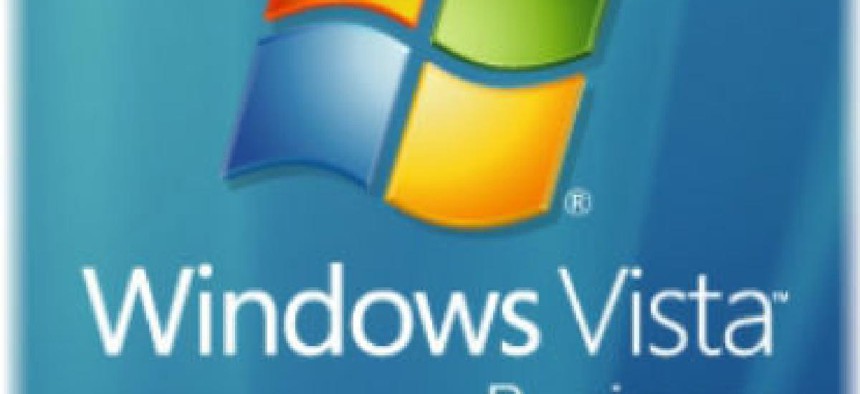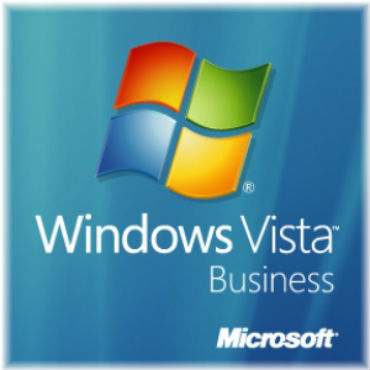Why the Vista sunset is not a big deal

With Vista no longer supported by Microsoft, Windows 7 is the next major operating system scheduled for obsolescence.

Microsoft Windows Vista still technically works as an operating system, but it has officially entered "operate at your own risk" status.
Microsoft is recommending that all Vista customers migrate to Windows 10 and purchase hardware needed to run the current operating system. At the same time, the Vista sunset may not be a big deal where enterprise customers are concerned.
"I don't see it as having a big impact," said Paul DeGroot, who specializes in Microsoft licensing as principal consultant at Pica Communications. "The retirement of Windows 7 will be a bigger deal."
At the time of its release in 2006, Vista was heralded as a leap forward in functionality, stability and security. The system, however, failed to deliver on its promise. Rival Apple launched an advertising campaign mocking the operating system and its complexity.
Microsoft ended mainstream support for Vista in 2012 and was providing limited support until April 11, 2017.
DeGroot noted that many enterprise users found that their custom-coded applications couldn't make the switch from XP to Vista and decided that it wasn't worth the effort. DeGroot recalled one client that found that 3,000 of its 9,000 applications were incompatible with Vista. Many users found the operating system so balky and inconvenient that they rolled back to Windows XP.
Relatedly, DeGroot said, the XP sunset in 2014 pushed many customers to develop applications that aren't dependent or linked to operating systems and that run over a browser instead.
For these and other reasons, DeGroot said he expects a smoother path for enterprise users when they shift to Windows 10 by the Q1 2020 retirement date of the Windows 7 operating system.
In the federal government, the Department of Defense has been leading a charge to upgrade ahead of the pack. As part of the Joint Information Environment campaign, the Pentagon has been scrambling to migrate to Windows 10 and ensure that new systems and devices come with Windows 10 preinstalled.
"The Department's Windows 10 migration plan addresses legacy operating systems first and identifies issues such as the 11 April 2017 expiration of Vista Service Pack 2," DOD spokesman Lt. Col. James Brindle said.
According to Brindle, DOD has migrated 200,000 devices to Windows 10, and that number is expected to double in the coming months. But with some 4 million desktops, laptops and tablets in the department, that means only 10 percent will soon be up to current standards.
Originally, DOD expected to have all devices running Windows10 by January 2017. However, former CIO Terry Halvorsen acknowledged as far back as September of last year that the goal was overly ambitious, and now it looks like the migration might not be complete until sometime in 2018.


